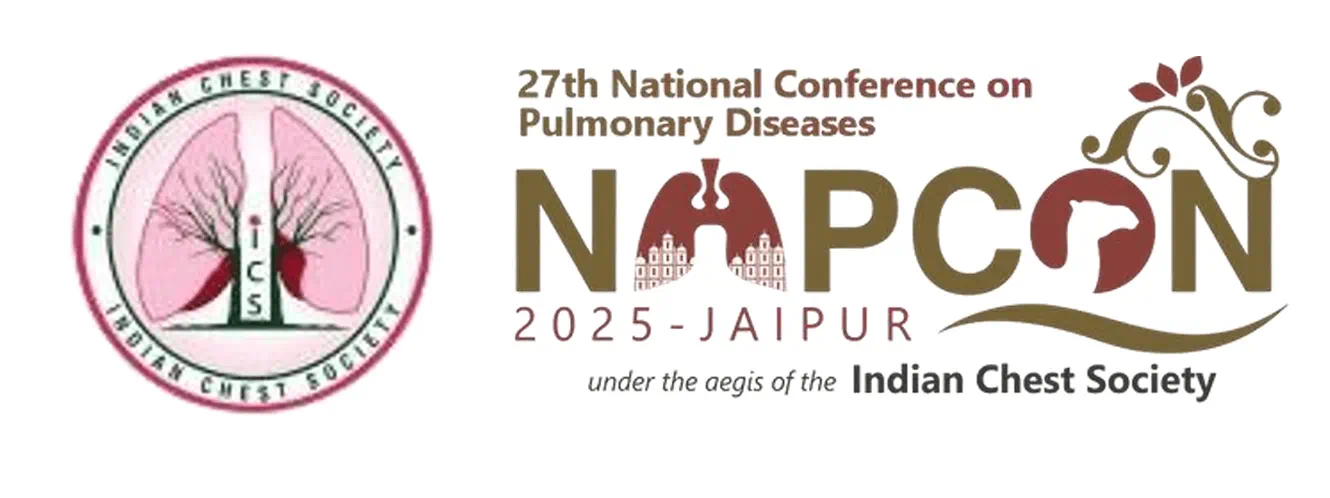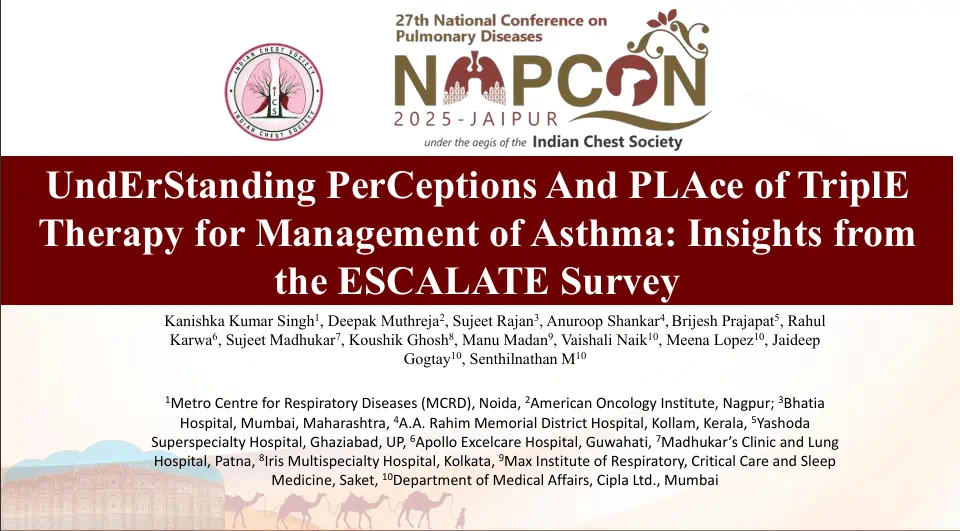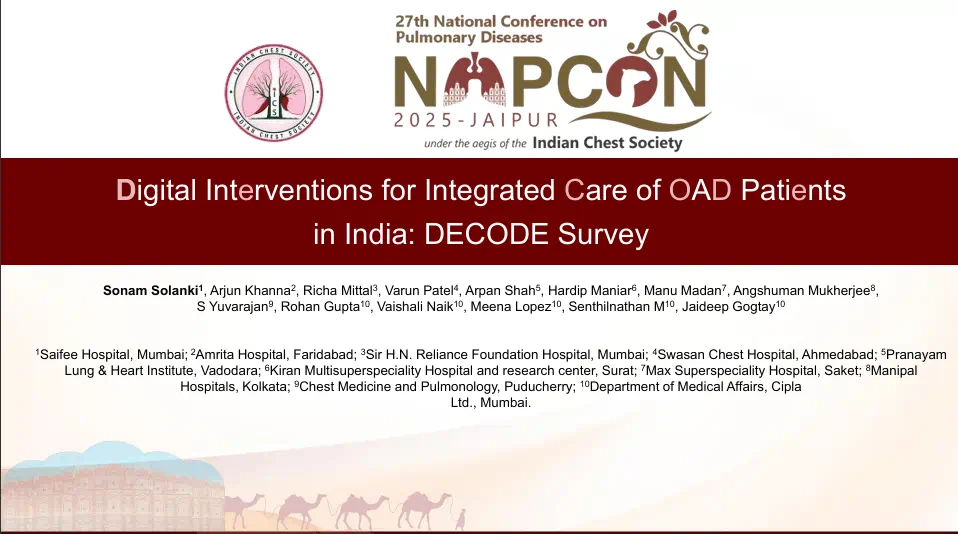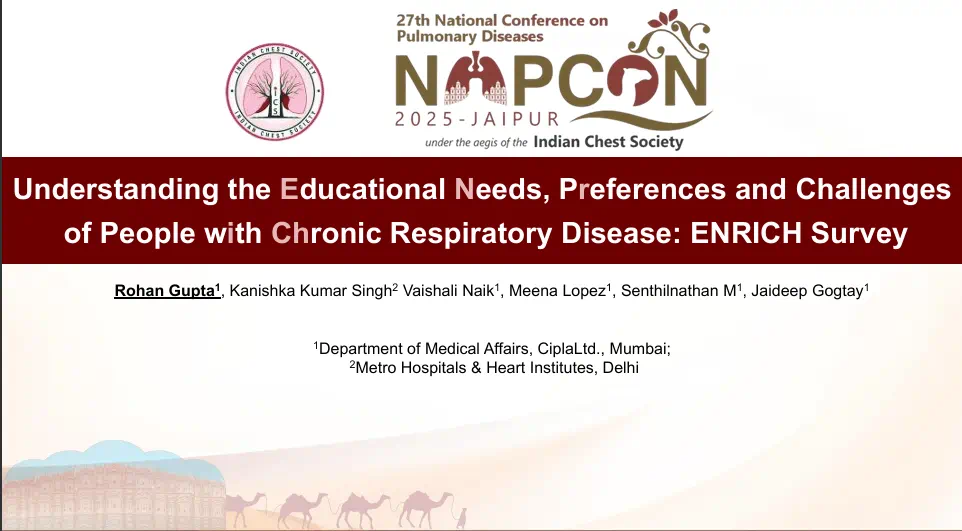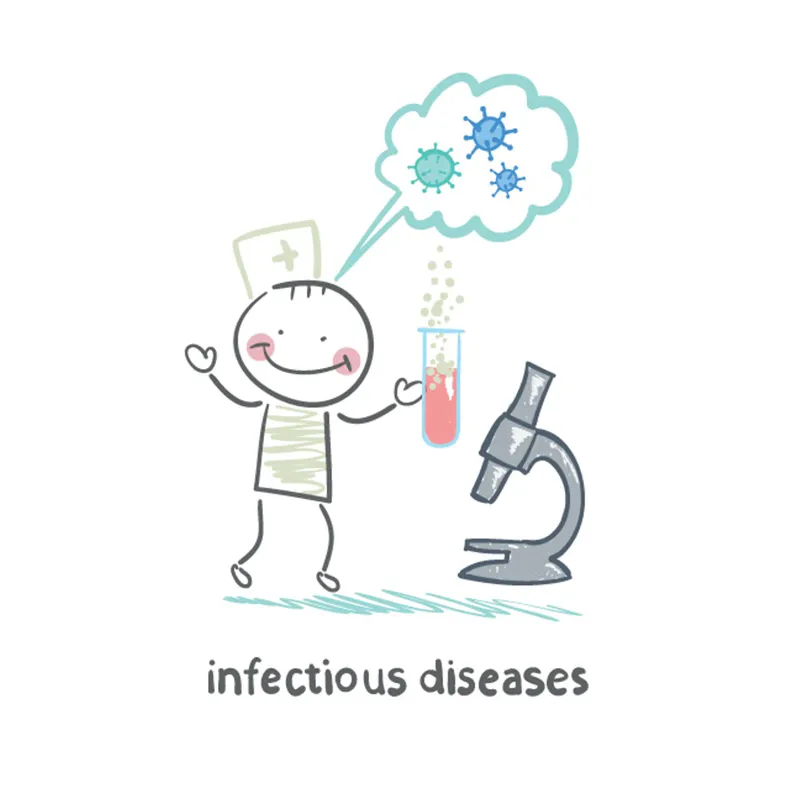Impact of SGLT-2 Inhibitor Use on the Risk of Liver-Related Events in T2DM Patients: A Meta-Analysis
Introduction
Metabolic dysfunction–associated steatotic liver disease (MASLD, formerly known as non-alcoholic fatty liver disease) is highly prevalent in patients with type-2 diabetes mellitus (T2DM) and in obese. Patients affected with MASLD are at a high risk of developing major adverse liver-related outcomes (MALOs). Management of MASLD is a therapeutic challenge and should focus on management of metabolic dysfunction and liver disease to cut down the risk of developing MALOs and extrahepatic clinical complications, such as cardiovascular disease, chronic kidney disease or new-onset T2DM. Recent studies have demonstrated that sodium–glucose cotransporter 2 (SGLT2) inhibitors improve liver fat content in patients with MASLD, irrespective of T2DM status. Nevertheless, not much is known about the impact of SGLT2 inhibitors on the risk of MALOs.
Aim
To quantify the magnitude of the association between SGLT2 inhibitor use and risk of developing MALOs in patients with T2DM (with or without coexisting MASLD).
Study Selection Criteria
- The analysis included active-comparator, new-user cohort studies comparing the impact of SGLT2 inhibitors vs. other glucose-lowering medications on the long-term risk of MALOs in patients with T2DM.
Methods
Study Design
- A meta-analysis of observational cohort studies.
Outcome
Primary Outcome
- Incidence of MALOs [a composite of hepatic decompensation events, hepatocellular carcinoma (HCC), liver transplantation, or liver-related deaths].
Secondary Outcomes
- The incidence of individual component event, comprising the composite outcome.
- Incident liver cirrhosis
Results
- Eight cohort studies providing data on 626,104 patients with T2DM (397,806 new users of SGLT2 inhibitor and 228,298 new users of other glucose-lowering agents) were included in the meta-analysis.
- During a median of 2.7 years, use of SGLT2 inhibitor vs. other glucose-lowering agents was associated with significant 17% lower risk of MALOs [random-effects hazard ratio (HR): 0.83, 95% confidence interval (CI): 0.72–0.95; I2 = 83.1%].
- A stratification analysis revealed that use of SGLT2 inhibitors lowered the risk of MALOs by significant 20%, as compared with dipeptidyl peptidase 4 (DPP-4) inhibitors (random-effects HR: 0.80, 95% CI: 0.68–0.93; I2 =13.3%), by 42% vs. metformin (random-effects HR: 0.58, 95% CI: 0.41–0.81; I2 = 0%), and by 24% vs. pioglitazone (random-effects HR: 0.76, 95% CI: 0.72–0.81; I2 = 52.2%) but not vs. GLP-1RA (1.07, 95 CI: 0.98–1.18; I2 = 39.7%).
- A stratification analysis as per the study duration revealed that SGLT2 inhibitor use was associated with lower MALOs only in the studies with a follow-up duration of ≥2.7 years.
- Use of SGLT2 inhibitors was associated with a significant 36% reduction in the risk of liver-related deaths, as compared to other glucose-lowering agents (HR: 0.64, 95% CI: 0.50–0.82; I2 = 0%).
- Use of SGLT2 inhibitors marginally lowered the risk of new-onset HCC (although not significant statistically), as compared to the other glucose-lowering agents (random-effects HR: 0.74, 95% CI: 0.54–1.03; I2 = 35.4%).
- The use of SGLT2 inhibitors vs. other glucose lowering agents was not associated with a lower risk of hepatic decompensation events or liver transplantation.
Conclusion
- This first-of-its-kind meta-analysis based on real-world data demonstrated that use of SGLT2 inhibitors was associated with lower risk of MALOs, as compared to the other glucose-lowering agents, in patients with T2DM, irrespective of their MASLD status.
Diabetes Care 2025;48(6):1042–1052.


